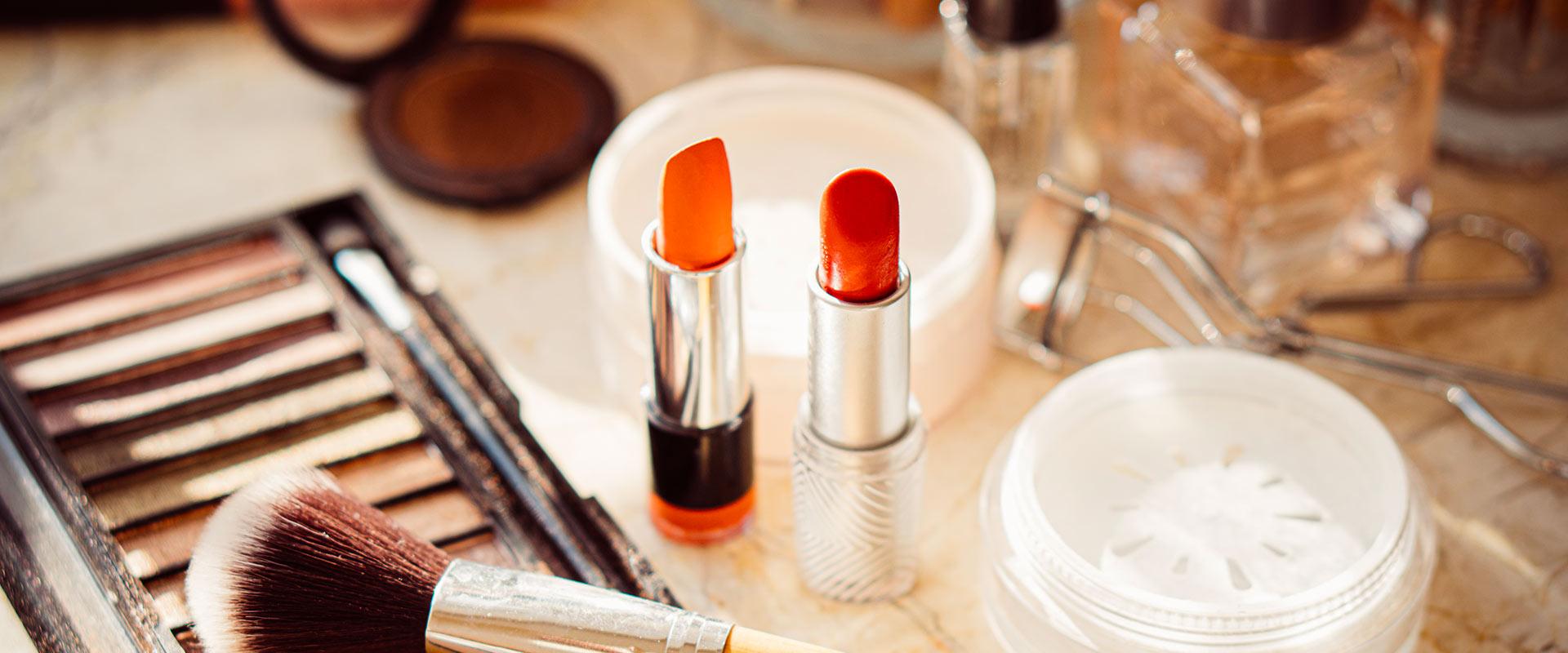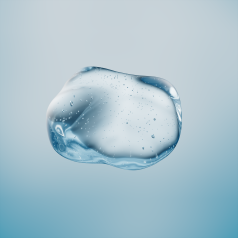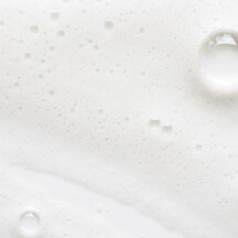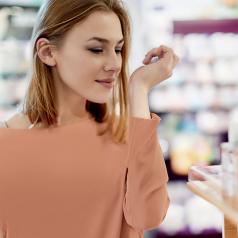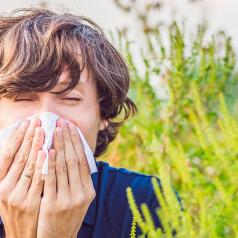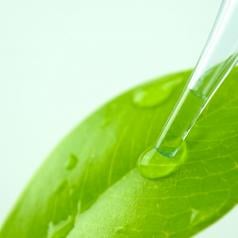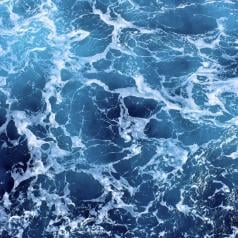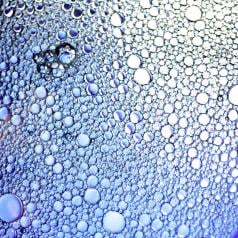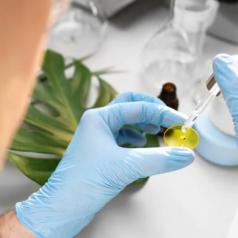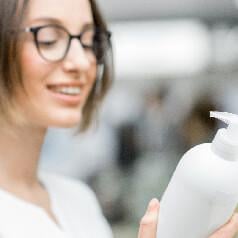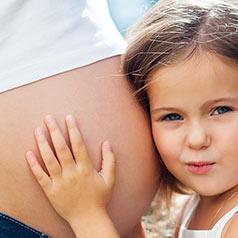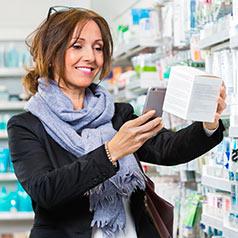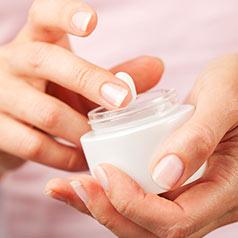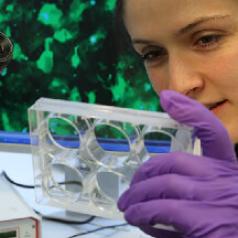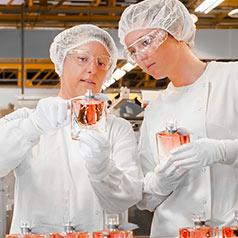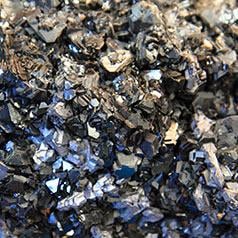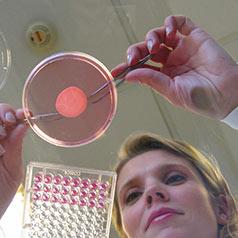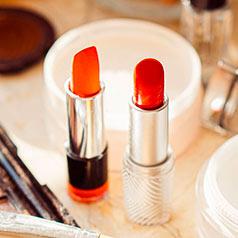We respect the strictest regulations in the world and strive to go beyond whenever it is possible.
Compliance with the strictest cosmetic regulations in the world
At L'Oréal, we comply with the most stringent regulations globally (e.g. European Union or United States) as well as in each of the countries we market our products.
For example, in the European Union, regulations evolve on a regular basis to take into account scientific progress. Decisions are taken by the health authorities of the Member States based on proposals from the European Commission. They rely on the opinion of independent European experts who gather within the European Scientific Committee for Consumer Safety (SCCS).
Regarding our product communications for example, any of them whether they are made on behalf of L’Oréal, directly or by third parties, complies with local laws, self-regulation codes of good practices, and the Group’s principles and Code of Ethics.
Whatever the form they take (packaging, TV, digital, …), and whatever the public targeted (consumers, hairdressers, dermatologs, pharmacists, beauty journalists, etc.), our communications on products are all written to be sincere and help consumers in their choice.

Go beyond the regulations whenever possible
L’Oréal’s endeavour is to go beyond the regulations and answer to our consumers’ expectations and the trends we observe.
There are certain allowed ingredients that we chose not to use as they do not meet our own criteria. We also decided not to use diethylphtalate or triclosan and to reduce the use of para-phenylene-diamine (PPD) in our hair dye products. All these initiatives were taken while the international regulations allowed these substances to be used.
We often anticipate the regulatory evolutions by removing, several years in advance, some ingredients from our formulas, forbidden later on. For example, the phtalate, forbidden by the cosmetic regulation in 2004, has been removed pro actively from our formulas from 2002.
Furthermore, in January 2014, we committed to eliminate all plastic microbeads from our rinse-off products before the end of 2017.
This commitment was achieved in January 2017, almost one year before the regulation required our industry to do so.
The cosmetic industry is also acting proactively on that matter as often reminded by Cosmetics Europe, though it is said to be an extremely minor potential contributor to the total amount of aquatic plastic litter.

